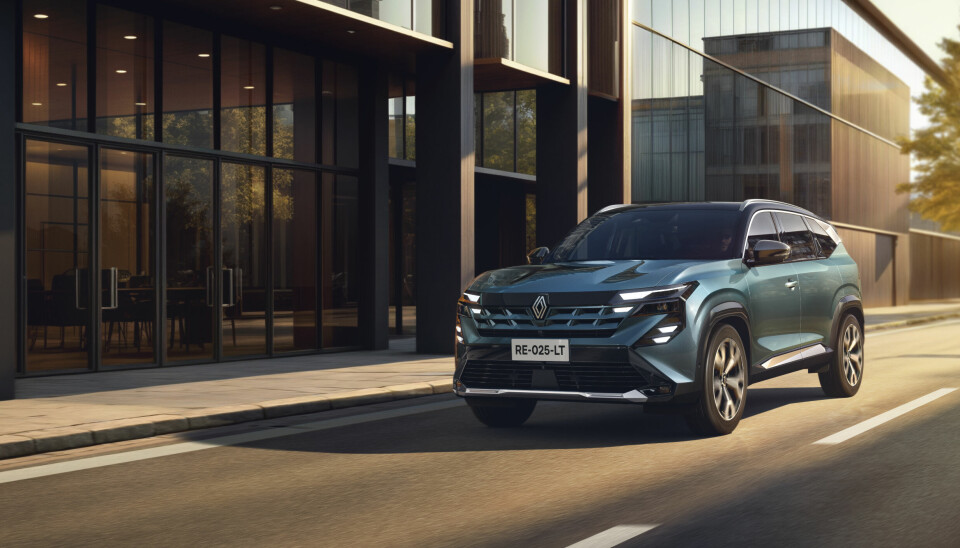Dacia Bigster's refresh

Renault redesigns the Bigster for emerging markets
Renault Group’s global strategy has led the OEM to substantially revamp the Dacia Bigster for the emerging markets. Meet the Renault Boreal
For emerging markets such as Brazil or Turkey, Renault often rebrands models from the company’s European-focused value brand Dacia. So, when Dacia began developing the recently launched Bigster C-segment SUV, all Renault had to do was change the front bumper at minimal cost.
But that strategy has changed. Renault’s International Gameplan 2027, announced back in 2023, called for more differentiation to help shore up its position in growth markets in the teeth of new entrants, especially from China. And so, the new Boreal SUV has some notable changes from the Bigster, including a new roofline.
“The competition is fierce, and one way to make sure we are identifiable and believable as a brand is to do proper Renault products all around,” Renault brand design VP Gilles Vidal told Car Design News at the press unveil for the car at the company’s Paris development centre. “Even in places where a car is still just a utilitarian product, there's an awareness of what the brand stands for in terms of value, design cues and so on”.
The Boreal sits on Renault’s low-cost, super-adaptable CMF-B platform, now described as ‘the new international modular platform” in recognition of its ability to underpin bigger cars like the Boreal. The car will be built in both Turkey and Brazil for export globally, but not Europe.
The Bigster roots are seen in the upward kick of the rear window line and the high 213mm ground clearance, but the effect overall is of an all-new car. Most notable is the more rugged nature of the grille design when compared with more intricate designs on recent Renault SUVs like the electric Scenic.
The new look, previewed by the 2023 Renault Niagara half-tonne pickup concept reflects the different relationship to SUVs in south America, Turkey and other markets compared to Europe.
“In those markets, the chunkiness of the object has value. It means protection, it means respect,” Vidal said. “Whereas in Europe, a future SUV might become more and more efficient looking, in those markets they need to stay tough looking.”
However, Renault wanted to also increase the sophistication by giving the exterior lines a sharpness to differentiate the car from simpler designs seen in SUV competitors such as the Jeep Compass.
The “best victory” for the designers when pushing for changes from the Bigster was the roof and rear tailgate, Bruno Raspail, head of Renault International Projects, said at the launch event. “From the beginning, we got support from people like [Renault brand CEO] Fabrice Cambolive, who had in mind that we must have something clearly different,” he said.
The roof is “much faster” than the Bigster and requires a different stamping, Vidal added. The other changes to the bonnet, bumpers and headlights were “much more obvious”.
The interior also moves away from the chunkiness of the Bigster. “Everything that you can see and touch and feel is different, even though the lower part of the dashboard is the same,” Vidal said.
The dashboard focus on the interior is on the two screens, highlighting the importance that users in emerging markets place on the connectivity element. “Typically, the glossy, black deco parts are usually catching attention, but we did the inverse,” Moneet Chitroda, lead designer for interiors at Renault, said at the event. “We put it all in shadow. We played with shadows, dark lines, to create a lighting theme that leads to the connected screens.”
The Boreal is the second car after the Kardian small SUV in Renault’s €3 billion drive to launch eight new vehicles outside Europe, five of which are promised to be in bigger, higher-margin segments. As the Boreal shows, brands like Renault are having to react to the increased sophistication among car buyers in markets once content with a rebadged car running on older tech.












